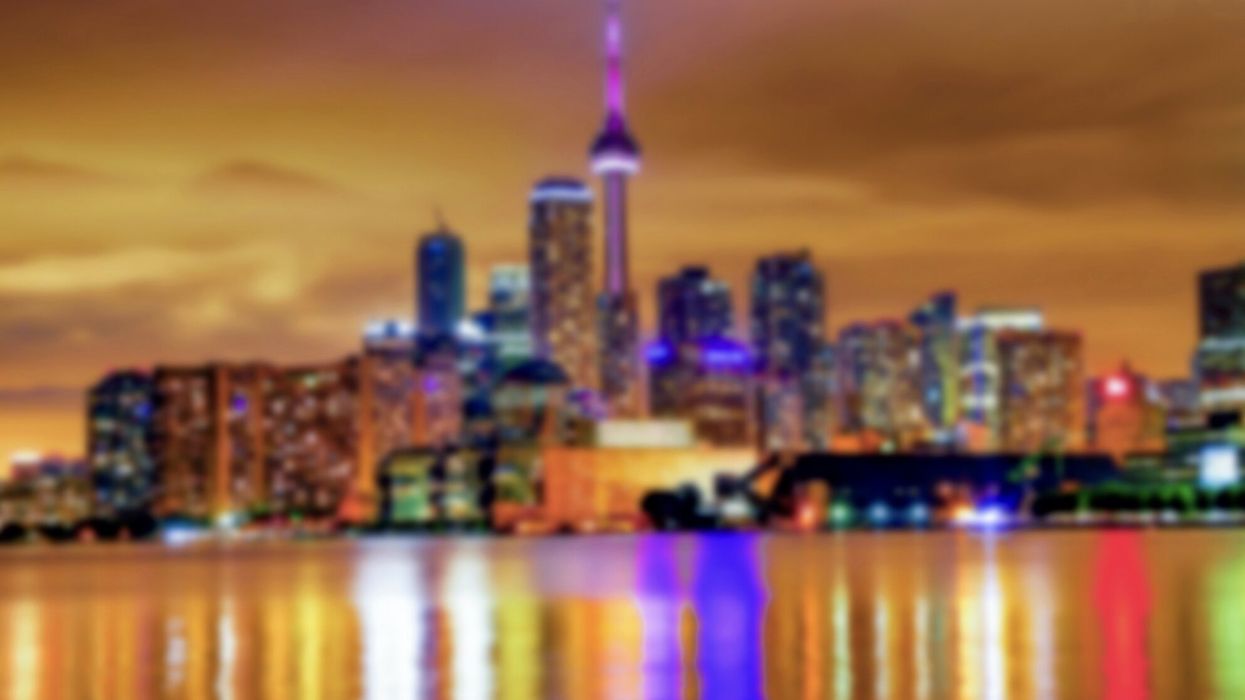The City of Toronto recently announced that they will be reviewing their Official Plan as they look ahead to Toronto in 2051. Dubbed, “Our Plan Toronto,” the City is seeking input from the community on what we believe the city’s future should hold.
It can be exciting to dream of the future, but this announcement also brings up one of the greatest challenges facing cities around the world: how can we accurately plan for a rapidly changing and unpredictable future?
A lot can change in 30 years. Consider Toronto in 1991, for instance. At that time, Toronto wasn’t the city it is today (literally). It was six distinct townships up until its amalgamation in 1998. Smart phones weren't around yet – let alone the realized concept of a smart city. There was a global recession going on, the first of three that would disrupt cities like Toronto in the decades to follow. CityPlace was home to a driving range and golf course, not high-rise condos and 15,000 residents. Heck, the (NBA Champion) Toronto Raptors didn’t even exist.
Knowing exactly what the next 30 years will bring might be a pipe dream, but planning for the future is still essential for cities. Without it, infrastructure would crumble, and we’d be playing a constant game of ‘catch up’ to address the changing needs of a growing population. Plus, some of the world’s most wicked problems, like climate change, demand strategic and long-term thinking, coupled with immediate action.
READ: Agents of Change: A Red Hot Housing Market is Testing Real Estate Professionals
We may not be able to perfectly predict the next 30 years, but that doesn’t mean we shouldn’t take the time to imagine.
So, what could Toronto look like in 2051?
One area that will likely see big changes is transit infrastructure. The popularity of car-dominated cities already appears to be on the decline, with cities around the world introducing traffic taxes, car bans in certain areas, and investments in active transportation networks. We see similar trends in Toronto, with massive transportation projects, like the Ontario Line, Scarborough Subway, GO RER, and Yonge North extension already underway that will be sure to impact the flow and accessibility of the city over the next 30 years.
But maybe we can think even bigger for Toronto’s transit future. Perhaps 2051 will see the implementation of high-speed train systems that connect Toronto to cities currently thought of distantly.
The technology already exists. I travelled to China 10 years ago and took the high-speed train from Shanghai to Beijing. This train can travel 350 kilometres per hour, making the 1,300-kilometre trip in just over 4 hours. If we translate this to a Toronto context, this could mean travelling to Ottawa in just over an hour -- less time than it takes to ride the Yonge subway line from end to end. If the train could accommodate international borders, it could even make it to New York City in about an hour and a half.
More transit systems will reduce the need for personal cars too. Self-driving cars and car sharing will be more common and more accessible, parking garages could be gone from our cities forever, and we may even start flying through the city (initiatives like Uber Elevate are already claiming to be the future of urban mobility).
These are glamorous visions for our future, but let’s think about what Toronto really needs in 2051. I’d say one of the most important things is a diversity of housing options and sizes. Toronto’s population is growing and in order to create a future where different people can call Toronto home, diverse unit mixes are essential.
Toronto’s Growing Up Guidelines have been a good starting point for encouraging the development of family-friendly units in new “vertical communities”, but we need to keep pushing for more as we plan for 2051.
READ: After a Decade of Mid-Rise Failure, is This New Design What Toronto Needs?
Even now, many young people are leaving urban centres like Toronto because they either can’t afford or can’t find housing that will accommodate the needs of growing families. If Toronto 2051 wants to be filled with thriving communities where people at different life stages can be comfortable and happy, then this pattern needs to be reversed.
Depending on who you ask, you may hear hundreds of different visions for Toronto 2051. Accommodating all these visions is a challenge, but so is planning for the future in the first place. Our plans today must be bold. Bolder than they are now, so that in Toronto 2051, when our flying car takes us home, the address will still be here, in Toronto.





















